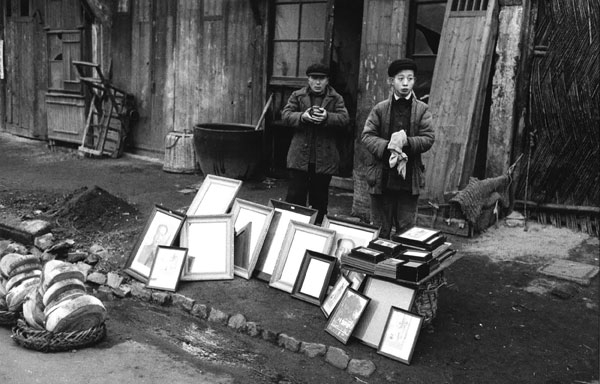May in Holland, Mich. is best known for the Tulip Time Festival. While the beautiful spectacle of colors is a must-see, the Holland Museum is also thriving.
The permanent galleries celebrate the Dutch heritage that’s contributed to the community’s sense of identity. At the same time, the museum continues to document and celebrate the city’s diverse growth over the years — while keeping things fresh with temporary exhibits that link to Holland through striking photography.
In 2001, an anonymous gift of the 17th-century Dutch Portraits of Cornelis van Beresteyn and Jannetje Berckel by Michiel van Mierevelt was the catalyst for creating new gallery space to exhibit Dutch artwork. In 2003, Dr. Jan and Mary Ann Beekhuis expanded the collection with the donation of more than two dozen 19th and 20th-century Dutch paintings.
Additional heritage is depicted through objects and archival images on display. Special cultural attractions from the “old country” include Dutch paintings and decorative arts and exhibits from the Netherlands Pavilion of the 1939 New York World’s Fair. Other permanent exhibits explore aspects of local history including Lake Michigan maritime, shipwrecks and resorts. Others delve into agriculture, manufacturing and the religious foundation of the “Holland Kolonie.” There’s also an illustrated timeline of area history including its increasing ethnic diversity.
Photography
Inspiring Oz: Macatawa Park at the Turn of the Century has been extended through Tulip Time. One of the more famous summer residents of the Holland lakeshore was L. Frank Baum (1856–1919), author of “The Wonderful Wizard of Oz.” Baum first visited in 1899 and later purchased land and built a cottage in the area, where he and his family summered until 1909. The exhibition features photographs of people and places from that time, depicting swimming, boating and picnicking, still endearing hallmarks of a summer vacation more than 100 years later.
A Hundred Flowers: Phillip A. Harrington Photography from the People’s Republic of China, 1956-1957 is on view through June 15. The photographer is the son of former Holland mayor, Harry Harrington. The United States did not recognize the new Chinese government founded in 1949 and ordered that U.S. passports were not valid for travel there. However, the threat of fines, imprisonment, or loss of other privileges did not stop U.S. journalists from entering through other countries.
One of the first American journalists to enter was Phillip Harrington (1920-2009). During his stay, Harrington photographed everyday life in Beijing, Shanghai, and surrounding areas, capturing a culture many in the Western world did not normally get a chance to see. For his coverage in China, Harrington received both the James Polk and the Overseas Press Club Awards.





